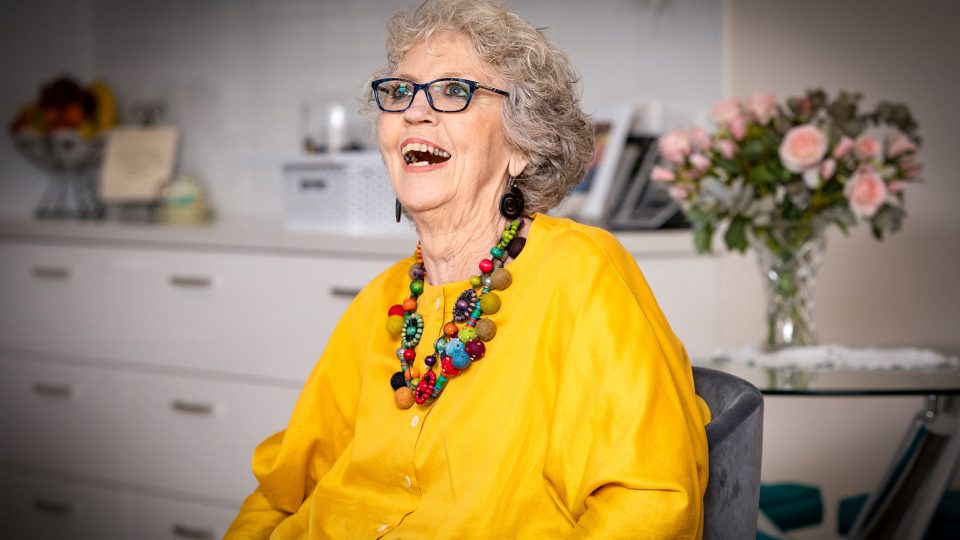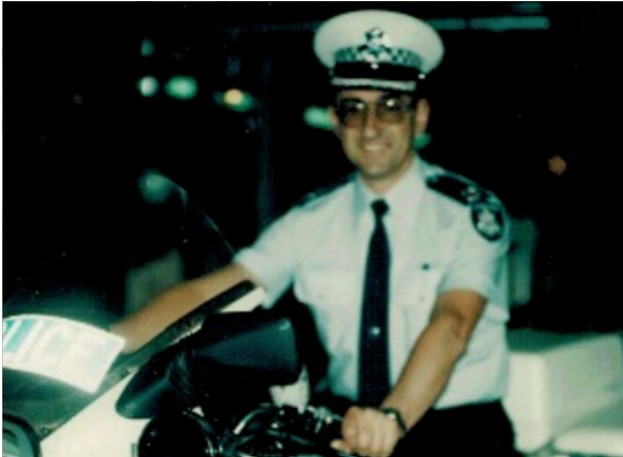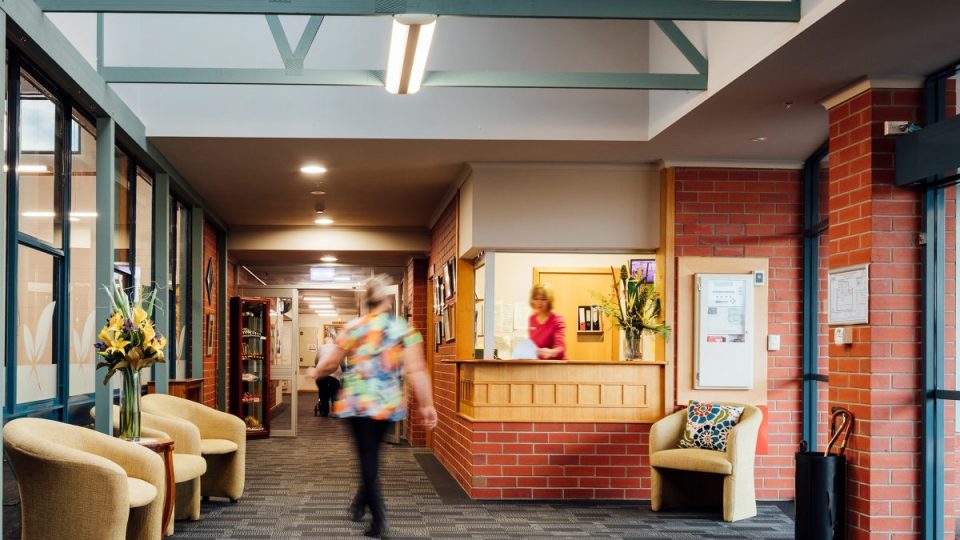Lynette is 75 and her husband, George, is 70. With a little help from home care, they’re able to live healthily and happily together at home.
“George has early dementia, but he’s pretty fit apart from that. But I’ve got rheumatoid and osteo, and we just felt we needed more help to stay at home.”
“Baptcare has changed our lives. It’s wonderful. George and I are both on a level two Home Care Package, and it’s so good.” Learn more about funding options for home care.

“We’ve got the freedom of not having to do all the cleaning or making the beds. But the main thing I look forward to is the meals! We have wonderful meals every day sent here. It has taken so much pressure off us. It’s great.”
“Dolly is our case worker, and we love Dolly. She’s just the best. I didn’t know anything about what was involved in Home Care. Dolly was just so wonderful, coming in and sitting down, and chatting with us to tell us what we’re eligible for.”
“Baptcare has changed our lives. It’s wonderful. George and I are both on a level two Home Care Package, and it’s so good. I’m very, very happy.”
Lynette Spencer
Home Care Recipient
“There’s so much help it’s just great, keeping us where we are, and keeping us healthy, and allowing us to be together here in our home.”
“I really love Baptcare and the home care service. It’s just made life so much easier for my husband and I.”
Community news
-

BaptistCare to acquire Keyton’s Western Australian retirement village portfolio
BaptistCare is pleased to announce that we have entered into an agreement to acquire Keyton’s portfolio of retirement villages in WA.
- 13 Nov 2025
-

Spotlight on Residents: Reg Baker
At Baptcare, we are always delighted to learn more about our residents’ lives. They are often filled with excitement, joy, and adventure, and it truly reminds us how rich a person’s life is—and continues to be—when they join one of our residential aged care communities. Today, we are honoured to share the remarkable story of one of our residents, Reg Baker, who lives at Baptcare Peninsula View Residential Aged Care community.
- 10 Nov 2025
-

Staff spotlight | Leonie Irvine – 35 years of service in aged care
Leonie is one of our dedicated Lifestyle Assistants at Karingal Residential Aged Care community in Devonport, Tasmania. She recently celebrated an incredible milestone - 35 years of continuous service at Baptcare. In a sector where long-term service is increasingly rare, Leonie’s 35-year journey stands out as something truly special.
- 10 Nov 2025

